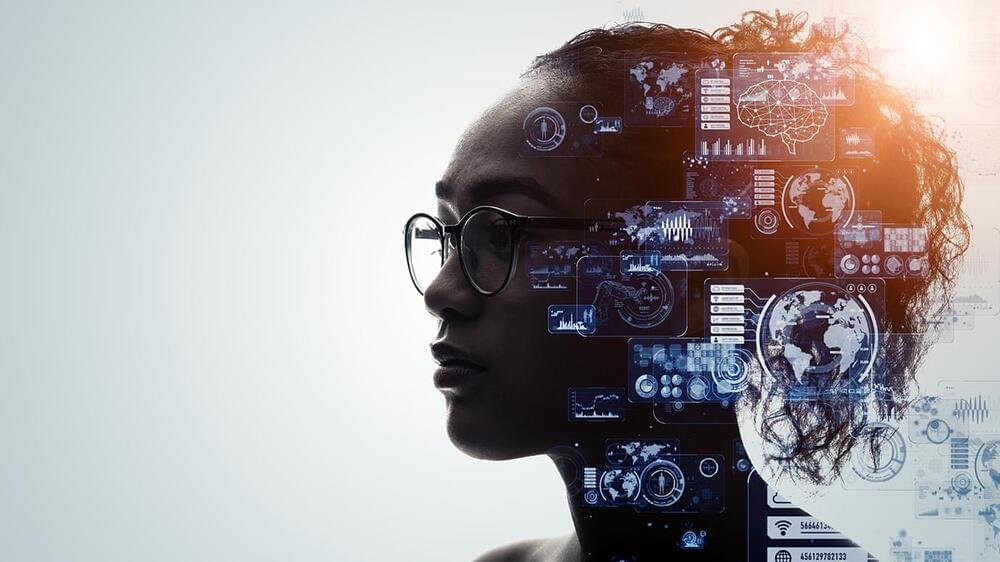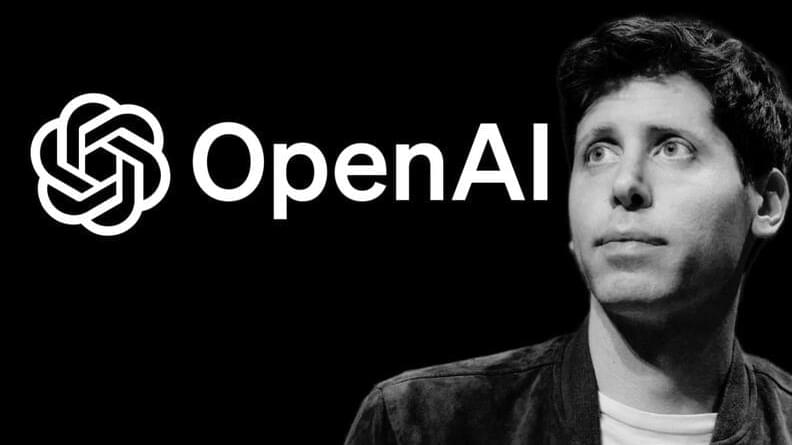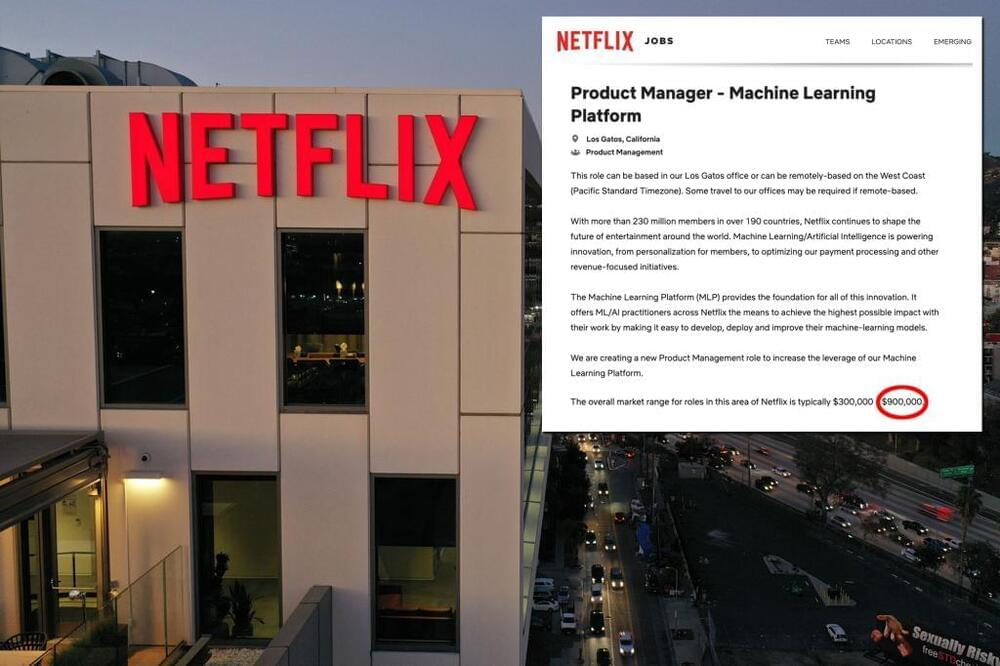Behind the hype of the Google engineer who claimed an AI was ‘sentient’ is a history nearly as old as computers themselves.


Blog post with audio player, show notes, and transcript: https://www.preposterousuniverse.com/podcast/2020/01/06/78-d…fic-image/
Patreon: https://www.patreon.com/seanmcarroll.
Wilfrid Sellars described the task of philosophy as explaining how things, in the broadest sense of term, hang together, in the broadest sense of the term. (Substitute “exploring” for “explaining” and you’d have a good mission statement for the Mindscape podcast.) Few modern thinkers have pursued this goal more energetically, creatively, and entertainingly than Daniel Dennett. One of the most respected philosophers of our time, Dennett’s work has ranged over topics such as consciousness, artificial intelligence, metaphysics, free will, evolutionary biology, epistemology, and naturalism, always with an eye on our best scientific understanding of the phenomenon in question. His thinking in these areas is exceptionally lucid, and he has the rare ability to express his ideas in ways that non-specialists can find accessible and compelling. We talked about all of them, in a wide-ranging and wonderfully enjoyable conversation.
Daniel Dennett received his D.Phil. in philosophy from Oxford University. He is currently Austin B. Fletcher Professor of Philosophy and co-director of the Center for Cognitive Studies at Tufts University. He is known for a number of philosophical concepts and coinages, including the intentional stance, the Cartesian theater, and the multiple-drafts model of consciousness. Among his honors are the Erasmus Prize, a Guggenheim Fellowship, and the American Humanist Association’s Humanist of the Year award. He is the author of a number of books that are simultaneously scholarly and popular, including Consciousness Explained, Darwin’s Dangerous Idea, and most recently Bacteria to Bach and Back.


This is my latest thought 💭 post about humans and machines and why SymbioticAI (not control AI) is the way forward for humanity in the era of super intelligent machines.
Maybe interesting 🤔.
A recently published research paper from scientists at Anthropic demonstrates a method for determining how much “influence” individual instances of training data have on the generation of outputs by large language models.

Amazon announced this morning it will begin to leverage generative AI to help customers better understand what customers are saying about a product, without necessarily having to read through dozens of individual reviews. The retailer says it will use the new technology to provide a short paragraph of text right on the product detail page that will highlight the product features and customer sentiment mentioned across the customer reviews.
This blub of text could be used to get an overall sense of the common themes across the reviews more easily, Amazon noted.
In addition to the summary text, Amazon will also highlight key product attributes as clickable buttons. For example, if a customer wanted to know about the product’s “ease of use” or “performance,” they could tap a button to see just those reviews that mention those terms.

The chip’s components work in a way similar to synapses in human brains.
Tech corporation IBM has unveiled a new “prototype” of an analog AI chip that works like a human brain and performs complex computations in various deep neural networks (DNN) tasks.
The chip promises more. IBM says the state-of-the-art chip can make artificial intelligence remarkably efficient and less battery-draining for computers and smartphones.

OpenAI, the artificial intelligence studio that popularised AI with its chatbot ChatGPT, is reportedly facing a financial crisis that could lead to its bankruptcy.
According to a report by Analytics India Magazine, OpenAI spends a staggering $700,000 every day to run ChatGPT, one of its flagship AI services. The chatbot, which uses a powerful language model called GPT, can generate realistic and engaging conversations on various topics.

The transformative power of technology cannot be denied. From the printing press to the internet, every new innovation brings about a world of possibilities. But with the good news come challenges, and the rise of generative artificial intelligence is no different.
Generative AI, with its profound capability to produce almost any piece of content, from articles to photos and videos, can fundamentally reshape our online experience. But as this technology grows more sophisticated, a crucial question emerges: Is generative AI undermining the very foundation of the internet?
Explore the astonishing capabilities of generative AI as it blurs the lines between reality and digital deception, and discover the urgent race to safeguard the truth.

Artificial intelligence has been blamed for thousands of layoffs — but a lucky few who are trained in the red-hot technology could find lucrative jobs paying as much as $900,000 a year. Streaming service Netflix touts an opening for a machine-learning platform product manager on its website that pays anywhere from $300,000 to $900,000 per year, including base salary and bonus.
The role requires tech junkies to “define the strategic vision for MLP [Machine Learning Platform]” and measure its success. Candidates can report to an office in Los Gatos, Calif., or work remotely in the West Coast timezone.

The publication has updated its T&Cs to include rules that forbid its content from being used to train artificial intelligence systems.
The New York Times.
The updated terms now also specify that automated tools like website… More.
Its updated service policy says refusal to comply could result in unspecified fines or penalties.